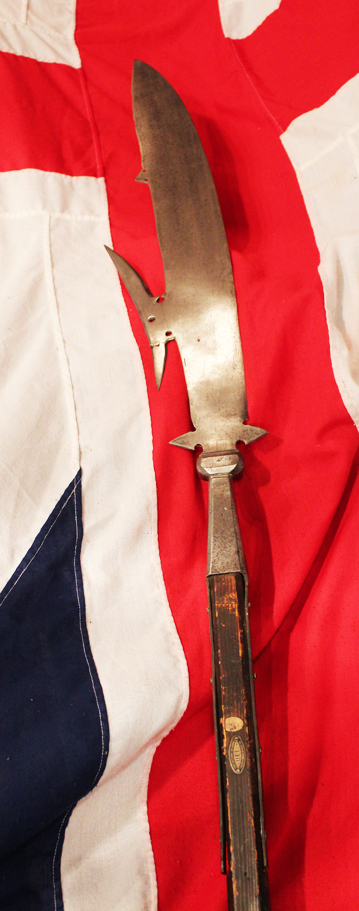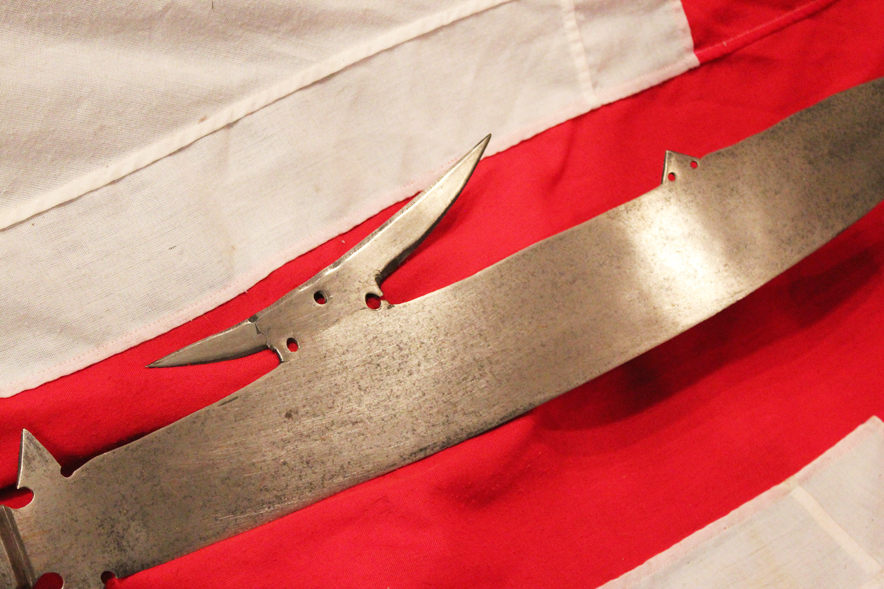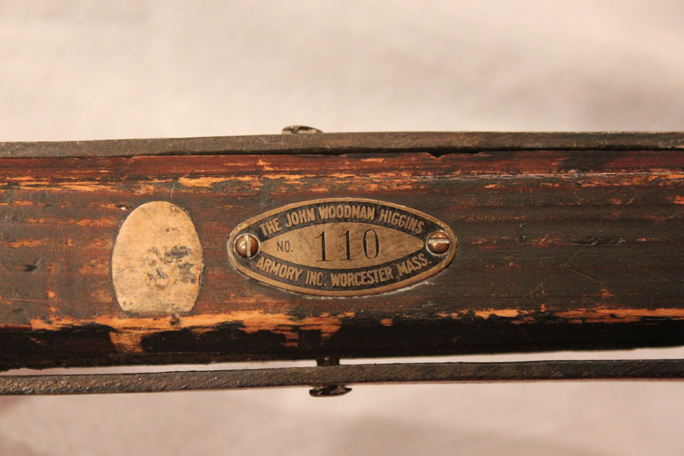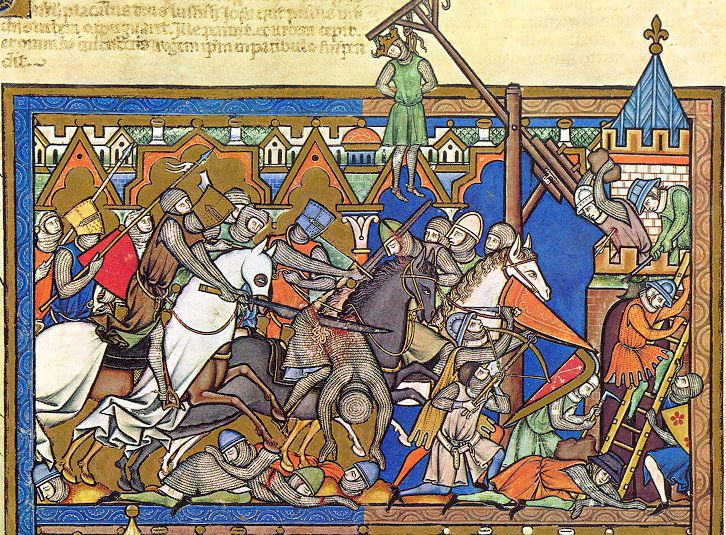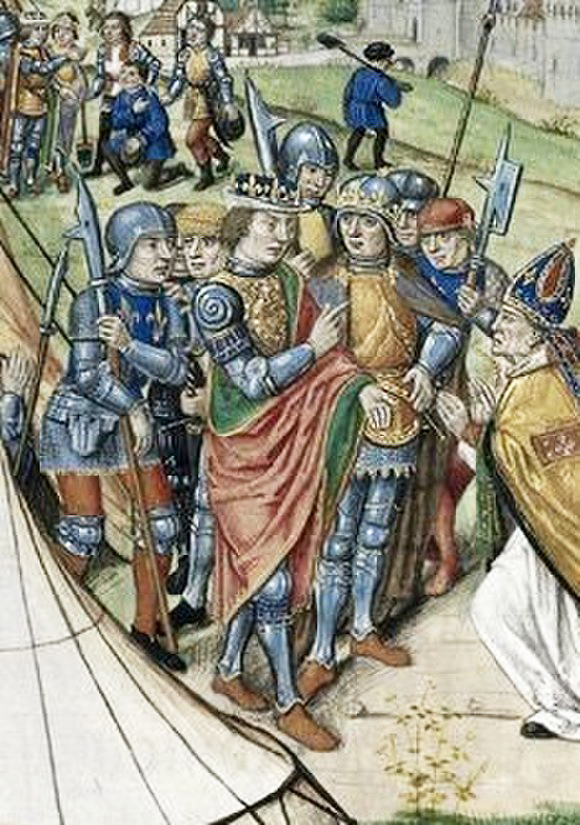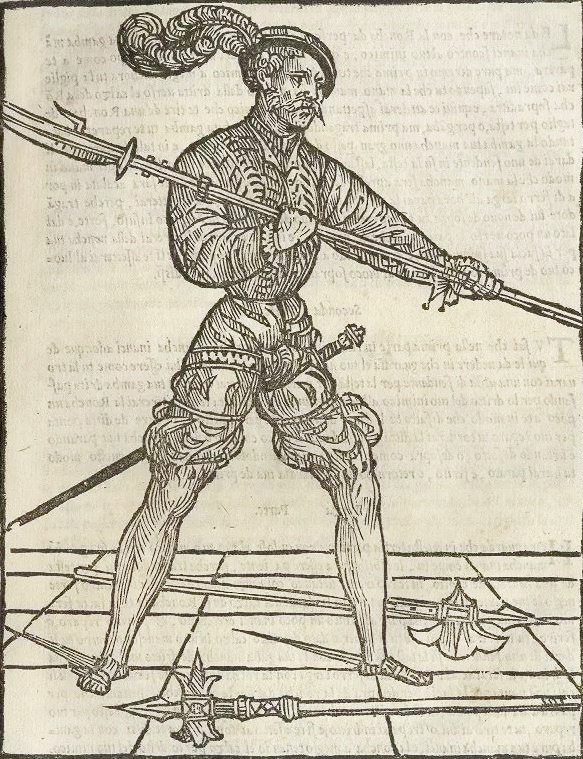A Superb, Original 16th Century, Circa 1500's, Italian Glaive Polearm, A Simply Remarkable and Historical Piece Used in the 1500's. with An Incredible Slashing Blade & Counter Double Hook To Dismount Knights From Their Horses. In Excellent Condition
Also known as a fauchard. 34.5 inch head. glaive is a European polearm weapon, consisting of a single-edged blade on the end of a pole. It is similar to the Japanese naginata, the Chinese guandao, Russian sovnya and Siberian palma
Typically, the blade was from around 45 cm (18 inches) long, on the end of a pole 2 m (6 or 7 feet) long, and the blade was affixed in a socket-shaft configuration similar to an axe head, rather than having a tang like a sword or naginata. Occasionally glaive blades were created with a small hook on the reverse side such as this one to better catch riders on horseback. Such blades are called glaive-guisarmes.
According to the 1599 treatise Paradoxes of Defence by the English gentleman George Silver, the glaive is used in the same general manner as the quarterstaff, half pike, bill, halberd, voulge, or partisan. Silver rates this class of polearms above all other individual hand-to-hand combat weapons.
The Maciejowski Bible (Morgan Bible) depicts an example of a two-handed glaive used on horseback. Two images in our gallery are taken from the Morgan Bible (Folio 10 Verso - top). Notice the Warbrand in the forefront slicing into a mounted soldier with his glaive. Another early engraving of a knight with a glaive, and a group of men behing the king all with forms of glaive.
The contemporary term for this weapon may have been faussart, which was used for a variety of single-edged weapons seen as related to the scythe (along with terms such as falchion or falcata derived from falx, the Latin term for "scythe"). 96.75 inches long overall haft is so long it would need to be expertly but only temporarily halved by our workshop for shipping This superb glaive was formerly part of the Higgin's Collection and exhibited in the wonderful Higgins Museum Collection in Massachusetts for many decades, and it still bears, for its provenance, its original John Woodman Higgins Armoury Museum collection label.
https://www.worcesterart.org/collection/arms-and-armor/history/
Code: 22579
2450.00 GBP



